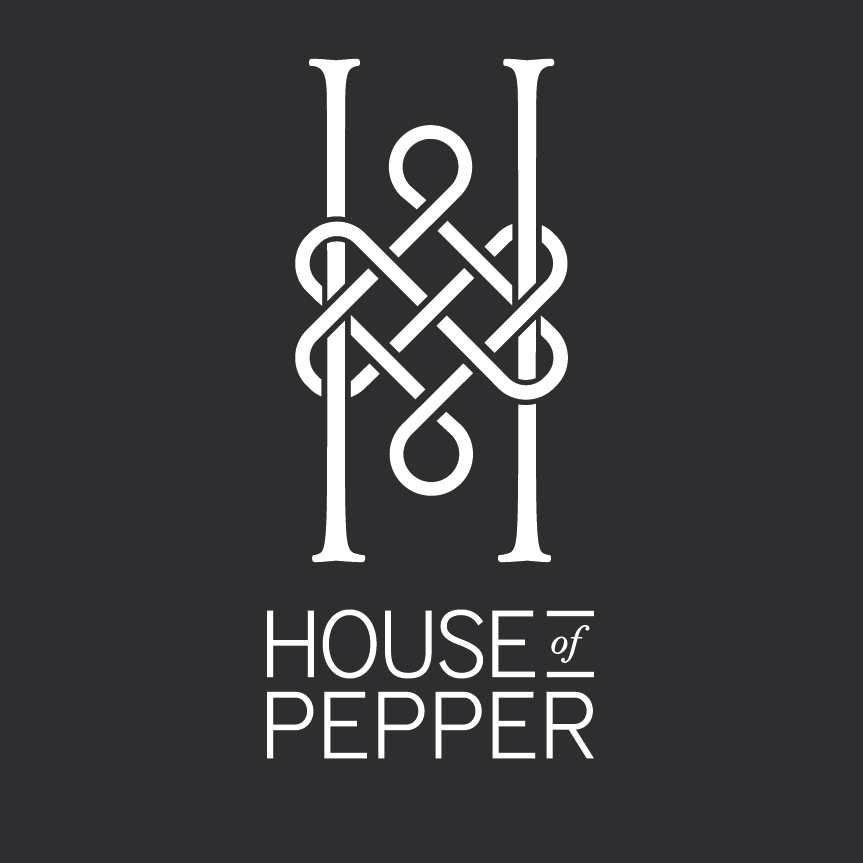Hilton Cadboll Stone
I have painted a medieval hunting scene from the beautiful Hilton Cadboll Stone showing a woman riding side-saddle.
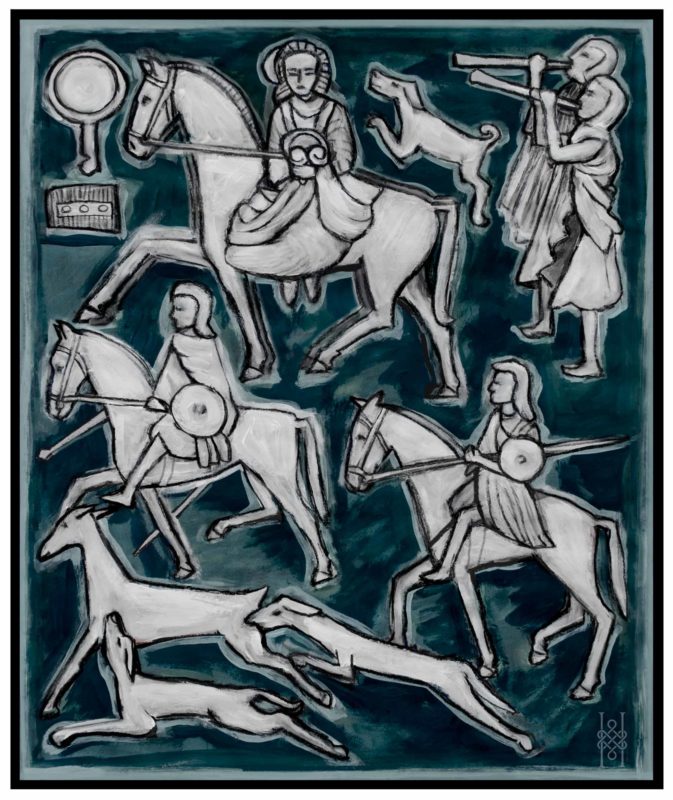
The hunting scene shows us the riders on horseback, scent hounds racing, horns blowing and a deer running for its life. In the upper middle of the hunting scene is a woman riding side saddle in elaborate robes with a penannular brooch. The horse moves in a walking gait as she sits full front to the viewer in a seat. The position of the rider reveals that there is no upper and lower pommel which would be needed to move at a faster gait. Behind her is a companion rider in unison and beside her is the Pictish mirror and comb symbols. The woman is observing rather than participating in the hunt and for the occasion wears the elegant finery suggestive of a more leisurely country lifestyle.
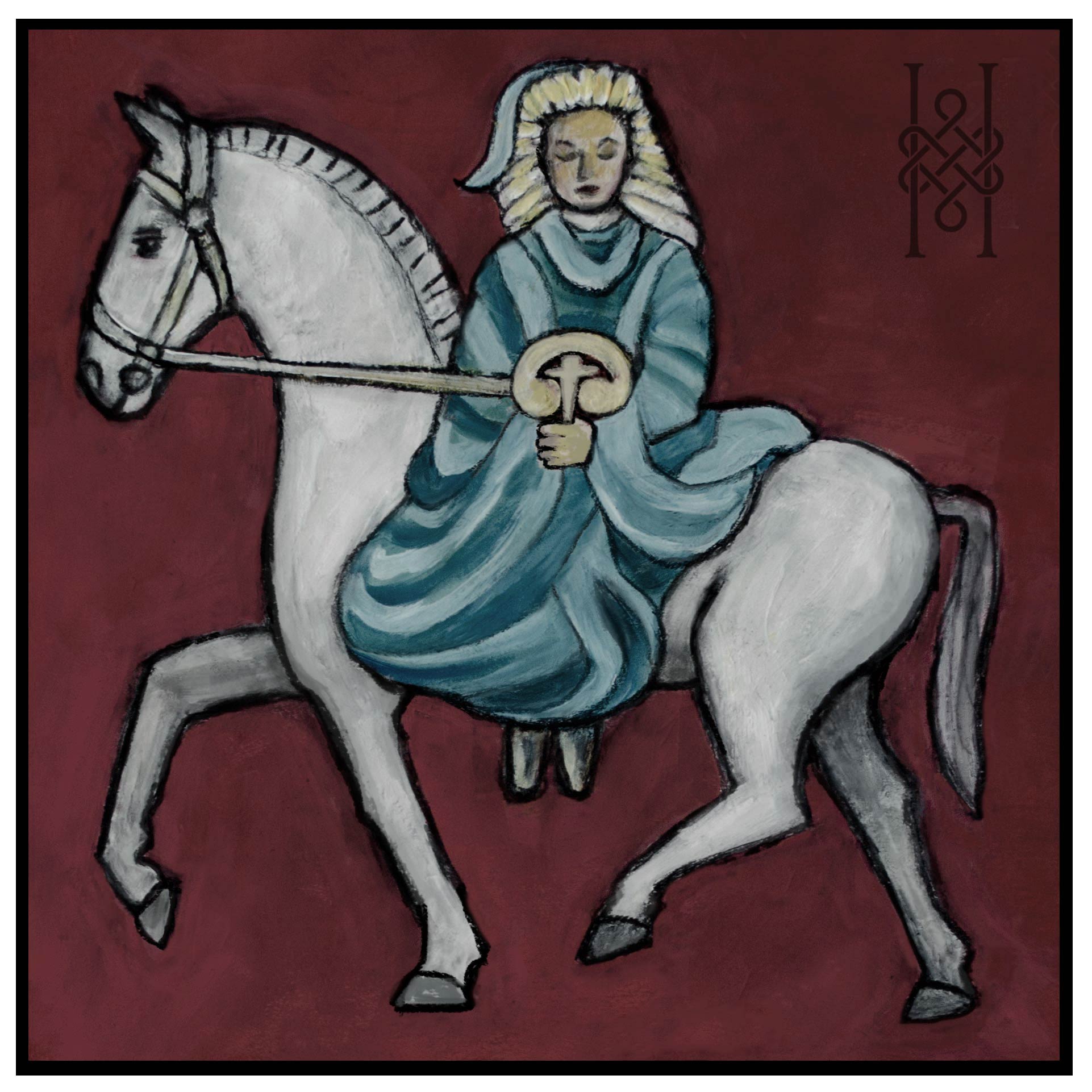
The hunt moves in one direction across the Stone panel and in this way links the activity as one.
Of course, today the human hunt of wild animals with scent hounds is banned in most countries. Animal Rights and Protection of Animal groups have meant the removal of traditional blood-sports and cruelty to animals. In 2002 the Scottish Parliament legislated to ban the hunting of wild mammals with dogs. In Ireland in 2004, the hunting of wild mammals was banned, but the hunting of foxes and hares is still legal. Foxes are regarded as a pest species and not protected.
This wonderful Pictish Stone was found at Hilton Cadboll on the Tarbat Peninsular in Easter Ross, Scotland. It is a Class II Stone with a Pictish hunting scene and symbols on one side and a Celtic Christian Cross on the other.
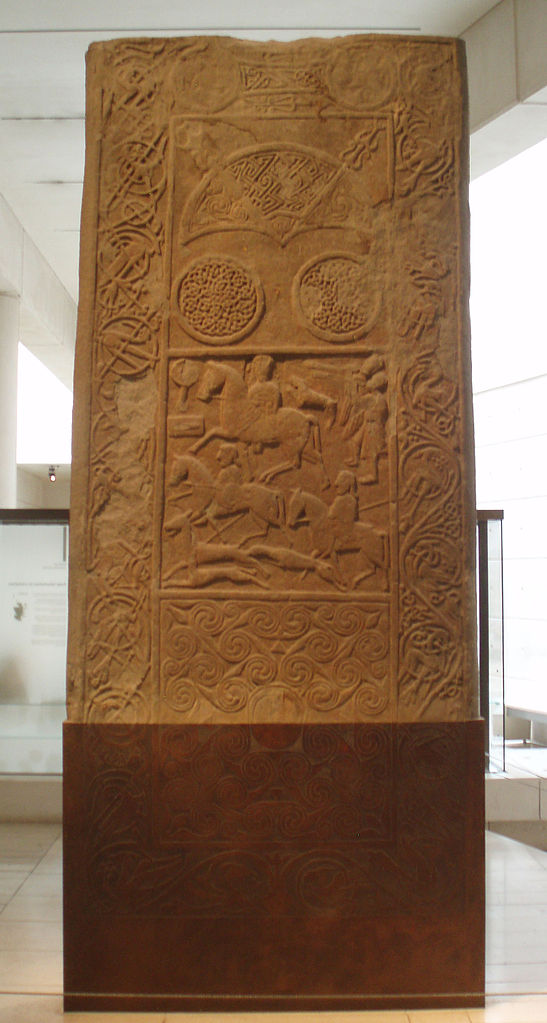
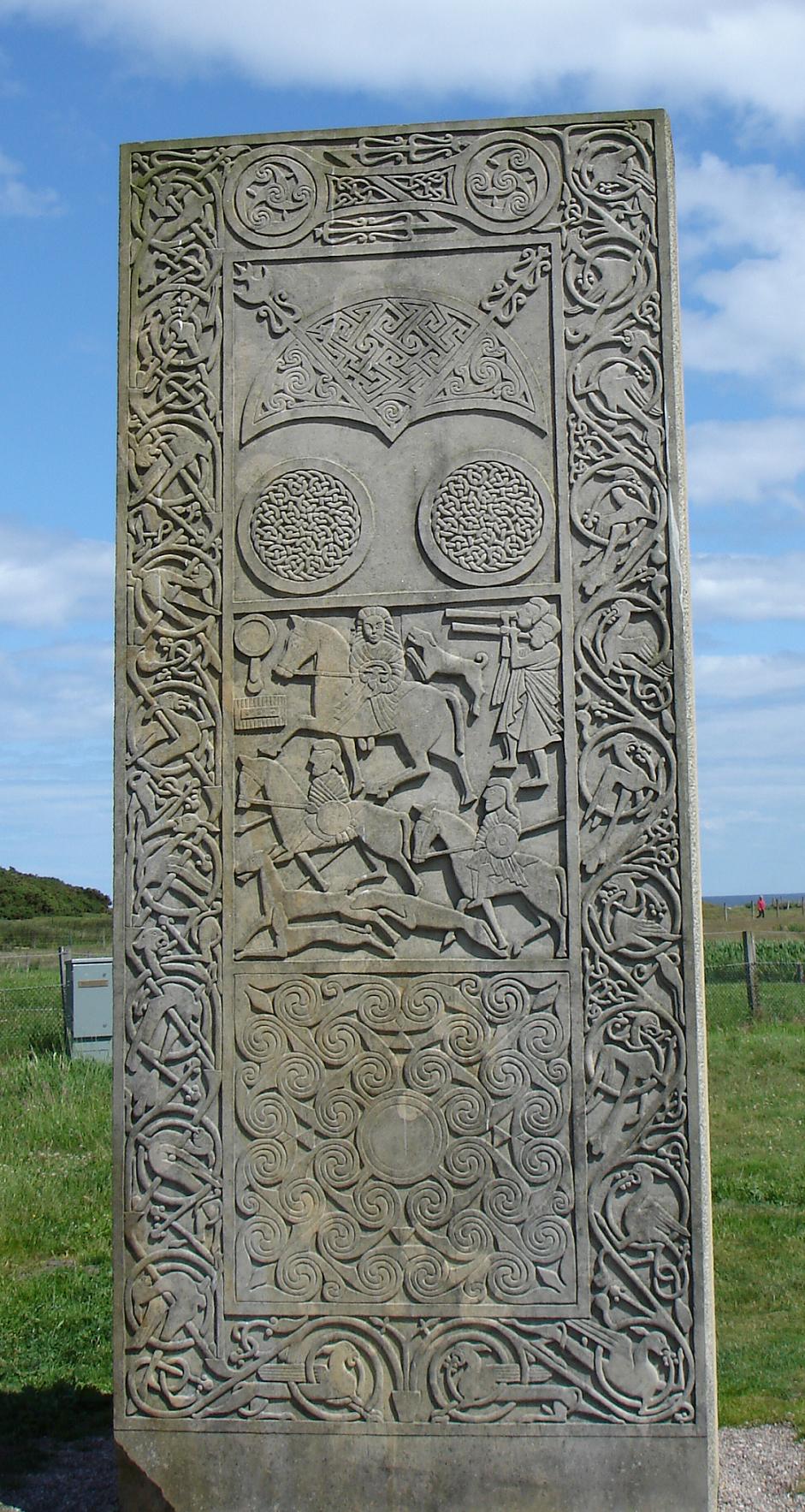
The original Stone is preserved in the Museum of Scotland and a beautiful Replica has been carved in relief by Barry Grove and stands near the original location in the village of Hilton Cadboll in Easter Ross.
Pictish Symbols and Animal Interlacing
There are more Pictish symbols on the landward side of the Hilton Cadboll Stone with the hunting scene. At the top is the Double Disc and Z Rod with interlocked spirals in the discs. In the first square shaped panel under the top border is a Crescent and V Rod with decorative spirals and key patterns. Below that are two discs containing circular knotwork patterns. We do not know the meanings of any of these Pictish symbols. The Picts simply disappeared.
Below the hunting scene panel is a big square design containing linked diagonal spirals surrounding a circle, more like a Celtic Christian design.
Surrounding the three-square panels in the centre is a border, and in the lower horizontal border are two symmetrical elongated lions with wings. A third winged lion flows diagonally into the bottom corner. These details can be seen in the Replica and not in the original Hilton Cadboll Stone as shown above.
The side borders are filled with the Insular style of interlacing with animals and birds. These designs look like the Tree of Life motifs found in the Book of Kells dated about 800 AD around the same time. The interlacing combines plant motifs such as tendrils, stems, berries, and leaves. Birds intertwine and can be found eating the berries. The interlacing tendrils are curvilinear and intricate.
Celtic Christian Cross on the Seaward Side
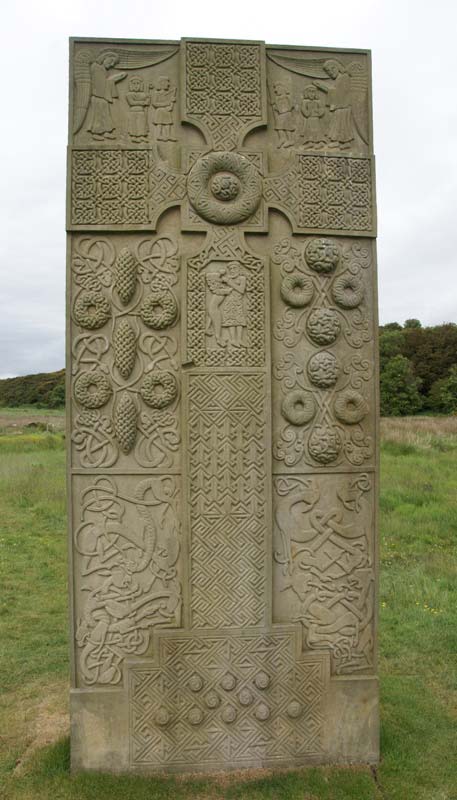
In 800 AD Scotland was being Christianised and the Pictish artists were combining Insular art with their own style. The Hilton Cadboll Stone has been classified as a Class II Stone because of this. On the other side, or seaward side of the Stone is a cross-slab with the Celtic Christian cross. It is believed to be the earliest surviving Christian image in Scotland.
Again, we can see the beautiful interlace with animals, knotwork panels and key pattern designs. Figurative Christian motifs including angels appear as part of the design at the top and under the circle in the centre of the Celtic Cross.
Location of the Stone
This carved sandstone monolith was found in the Ross-Shire on the Tarbat Peninsular and has since been moved to the Museum of Scotland. The Replica carved by Barry Grove sits near the original site in the landscape.
The original was moved from the Ross-Shire site to Invergordon Castle in the 19th century and displayed as a garden ornament. When the property was sold the Stone was donated to the British Museum and moved there. After a protest by the Scots the beautiful Stone was moved home to Scotland and to the Museum of Scotland. In the photo the lower portion is covered because fragments have broken away.
Fragments from the Stone were discovered and later when the lower portion of the cross-slab was discovered it was decided to leave the lower portion in-situ. Later however, it was decided to relocate and display this lower portion in the Hilton of Cadboll village hall and not to reunite the base portion with the upper portion preserved in the Museum of Scotland. The photo therefore shows a cover over the lower portion.
People visiting the town can still visit the wonderful Hilton of Cadboll Stone and see the beautiful imagery and detail of the Pictish carving. The Stone still lives in the Replica and stands in a field of green. This amazing monolith reminds us of the Picts, and the hands of the artists that created such incredible memories in the carving of a stone.
